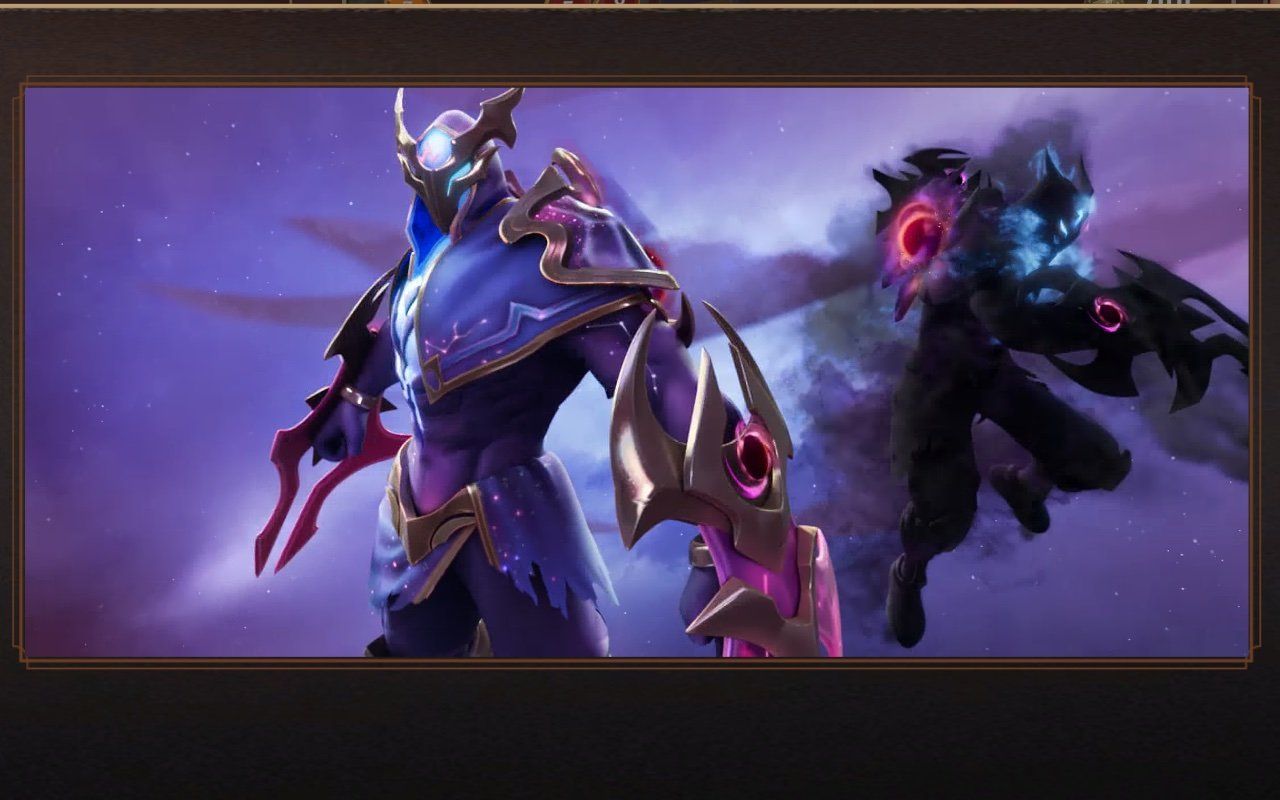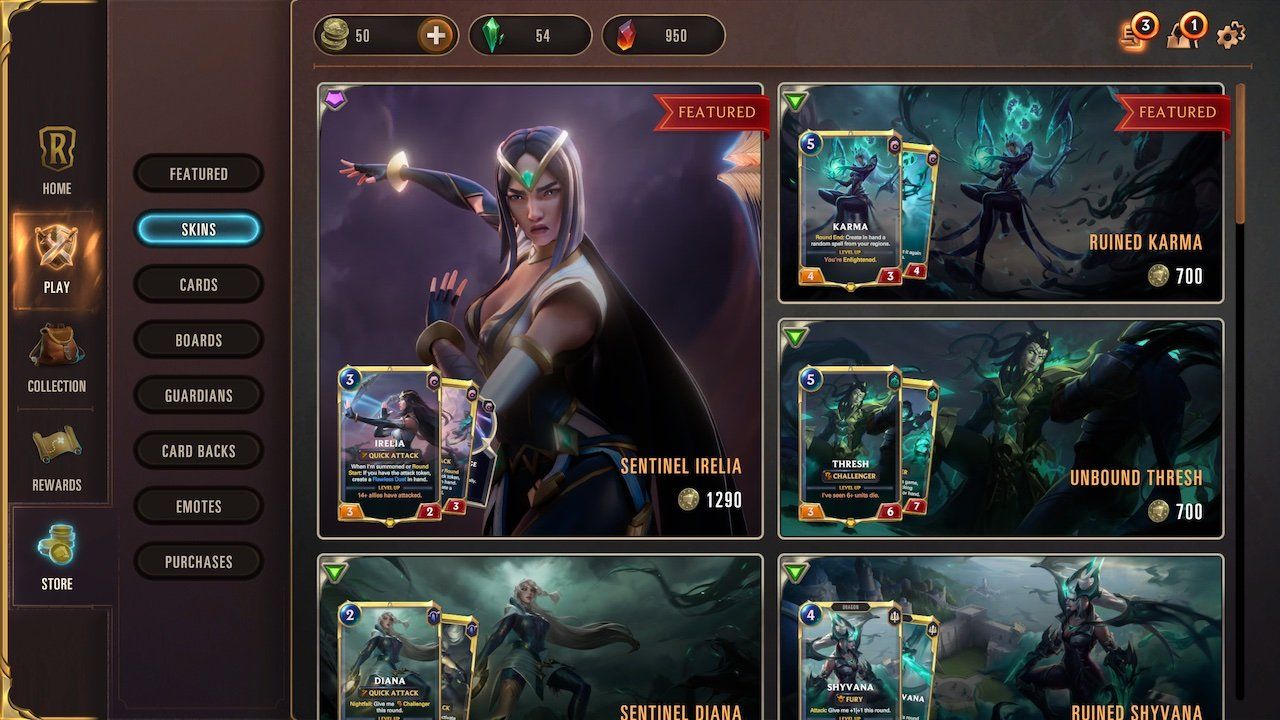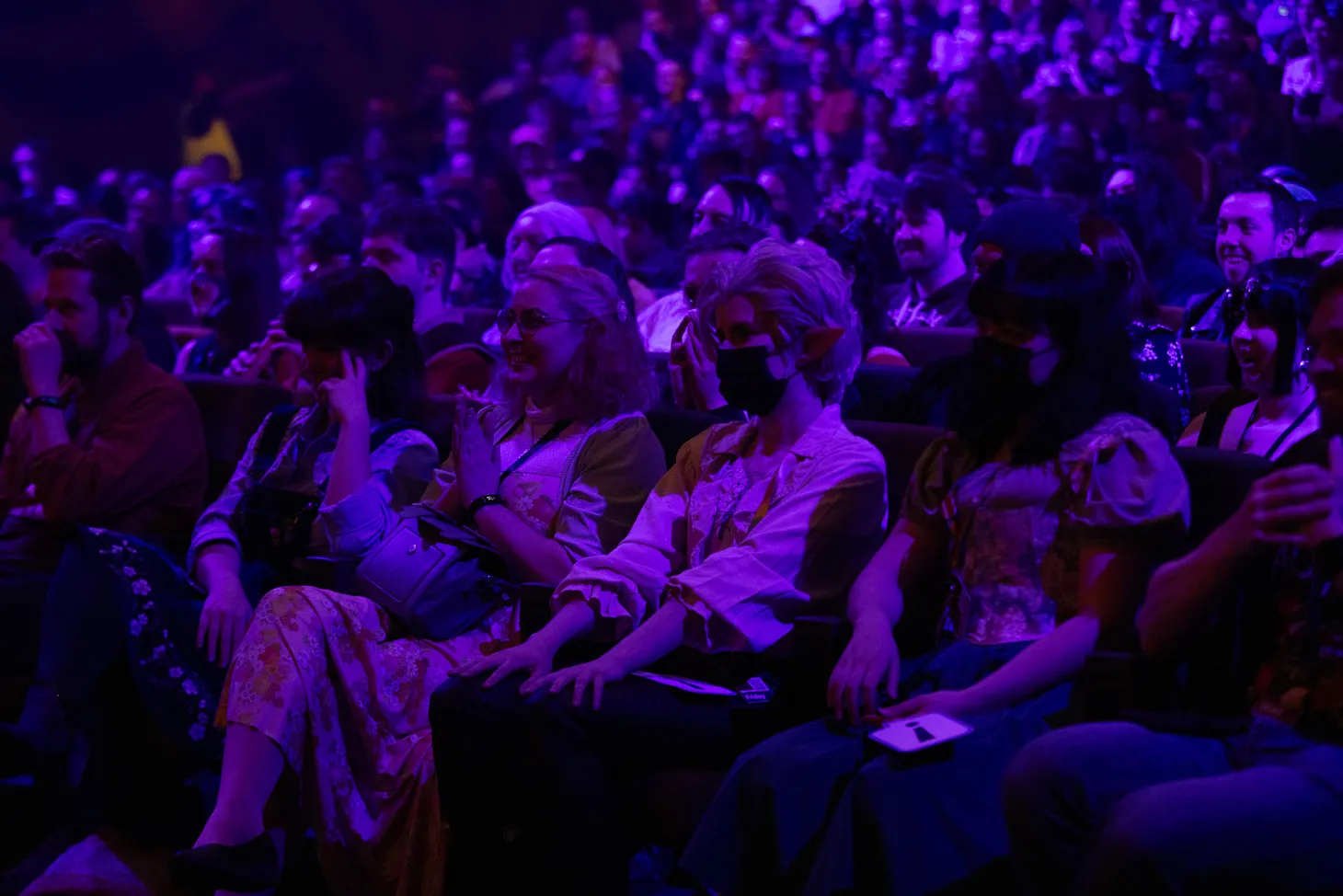Legends of Runeterra community isn’t buying what Riot's selling
Fans are angry about overpriced cosmetics in Riot's card battler. So how expensive are they? Are the fans right or wrong?

Two months after Riot Games introduced cosmetic skins to Legends of Runeterra, the game’s community remains frustrated.
Back in May, the card-battler got its first cosmetic skins as part of the Dark Horizons event and battle pass. Just like the cosmetics found in League of Legends, Runeterra’s skins are purely aesthetic and vary in both price and quality.
Basic skins like Cosmic Exile Riven and Dark Star Shyvana change the artwork on the card for both the level 1 and level 2 version of the champion. Meanwhile, premium skins like Cosmic Zephyr Yasuo and Dark Star Zed include new animations, art and voice lines.
As with Riot’s other games, spending money on microtransactions like these skins is by no means necessary. They’re a neat flex, but they’re not exactly game-changing.
With League of Legends, Riot’s skin and cosmetic business model set the bar for not just rival MOBAs like DOTA 2 and Smite but for many other free-to-play and live-service titles. However, unlike a Valorant gun skin or a cosmetic in League of Legends, there’s a chance you might not even see the card in-game, since there’s no guarantee you’ll manage to draw them every time you play.
This detail sets Legends of Runeterra’s skins apart from many of the other microtransactions in the game, such as boards, card backs and pets.
And as Riot has continued to grow the in-game skin collection for Legends of Runeterra, angst among the game’s community has continued to grow.
“I'd be ok with simple art work changes if they weren't so expensive, the price is simply unproportional to what you actually get,” reddit user Bluelore says.

Virtual coins, real currency
Pricing for Runeterra’s basic skins works out to be 700 coins. The premium skins are pricier at 1290 coins.
As with many games that rely on microtransactions, Legends of Runeterra players have to buy coins in bundles of various sizes. These start at AU$7.99 for 525 coins. In practice, this means that the cheapest amount that someone would be throwing into the game for a basic skin works out to be around $15.
Premium skins? There’s no way to get one for any less than $22 in in-game coin bundles.
According to another poster on the Legends of Runeterra subreddit, “[Riot] vastly overestimated the value they thought they were giving us with the skins IF they don't have animations. The ones that do should be priced closer to the ones that don't, and the ones that don't should be priced even lower.”
“Once the ability to make animation-less skins had been put into the game, it seems to be incredibly low cost and low effort on their part to add more. I get that there are multiple levels so they can't just dump old splash arts in, but the cost of each of those artworks to produce can't be more than $1000 each or so, which they'd likely get back within the first day of it being on sale.”
For comparison, buying one of the most basic skins in League of Legends can be done with as little as AU$5 of in-game currency. It’s not hard to make the case that you’re getting a lot more for your money there.
While the reality of games development is nuanced, 3D art is typically seen as more resource intensive to produce than 2D art. 2D games are usually sold at lower price-points than their 3D or AAA counterparts to begin with, and that chasm in how the market values them only deepens over time.
Whatever the case, the idea that 2D skins shouldn’t cost this much has proved to be a sticky argument that’s easy for Runeterra fans to rally around.
Strategically too expensive?
Happy Durian, a Singaporean YouTuber with a background in marketing, suspects that if you think the above prices are too expensive, then you’re probably not in the market that Riot are targeting.
“My guess is that this pricepoint gives them the highest return possible in this current period,” he suggested.
He suggests Riot is targeting “the 0.01 per cent” of Legends of Runeterra players.
“Those who have high spending power, those who enjoy the game a lot and have put a lot of time into the game and think that Legends of Runeterra is something worth putting money into.”
He says Riot is adopting a strategy similar to Apple. Right now, it's targeting early-adopters willing to pay the premium for something new and exciting. Eventually, they’ll get to everyone else.
Happy Durian predicts that after the initial enthusiasm around skins in Legends of Runeterra wanes, so will the pricing.
“As enthusiasm goes lower and lower, you need to provide more value. You need to compensate with lower prices or bundle them together to make it more valuable for people,” he explained.
In his opinion, this approach allows Riot to reap the most value over the life cycle of the product from the most people.
What's the future for these cards?
The final wrinkle? By the standards of Riot’s efforts in the mobile gaming space so far, Legends of Runeterra appears to be the laggard in the company's recent Runeterra-themed games catalogue.
Data recently released by Sensor Tower suggest that the game appears to be generating significantly less revenue than either its auto battler Teamfight Tactics or its mobile MOBA League of Legends: Wild Rift.
According to the research firm, Riot’s card battler has accumulated approximately 13 million installs and $16.2 million in revenue since launch.
That might sound like a reasonable enough number, but it’s quickly dwarfed by Teamfight Tactics, which sits at $28 million in revenues, and Wild Rift, which racked up around $65 million in revenues since launch.
While we don’t know how Legends of Runeterra’s earnings break down on a per-player level, it’s hard not to look at the complaints and ire within the community about the price of skins and wonder what a simple price cut could do for the game’s revenue-to-downloads ratio.
Byteside Newsletter
Join the newsletter to receive the latest updates in your inbox.




